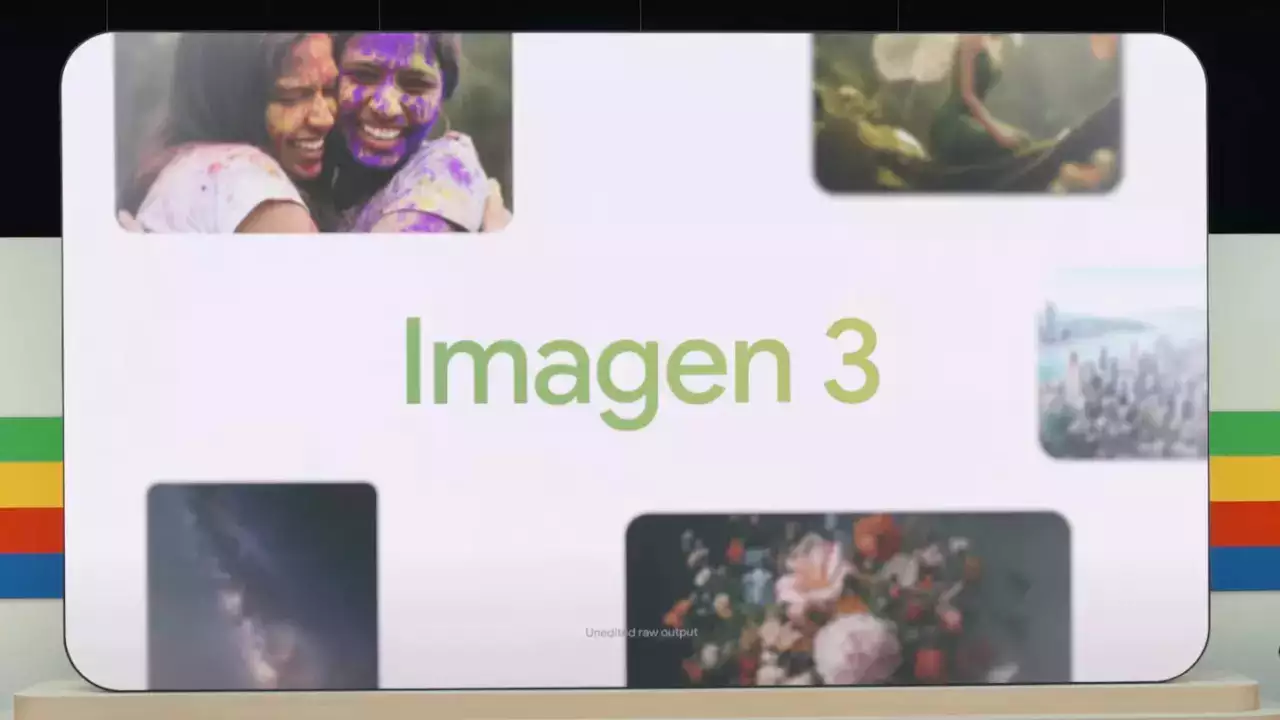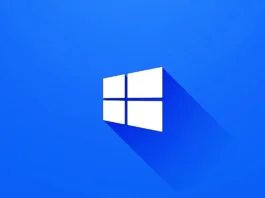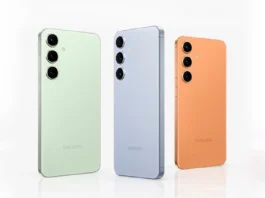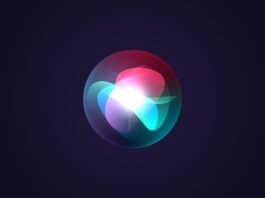At the Google I/O 2024 event, Google unveiled its latest image-generation model, Imagen-3, positioning it as a direct competitor to OpenAI’s DALL-E 3. The announcement highlighted Google’s advancements in AI and its commitment to enhancing user experiences through sophisticated image generation capabilities.
Introducing Imagen-3
Imagen-3, developed by Google DeepMind, is a significant upgrade over its predecessor, Imagen-2. Leveraging diffusion-based models, Imagen-3 promises higher-quality, photorealistic images that address previous challenges in rendering realistic hands, faces, and complex scenes. The model has been trained on extensive high-quality image-description pairings, ensuring better alignment with user prompts and more detailed, nuanced outputs.
Key Features and Capabilities
- Photorealistic Outputs: Imagen-3 generates exceptionally realistic images, significantly improving over the blurred and artifact-laden results of earlier models. This enhancement is crucial for applications requiring high visual fidelity, such as marketing and digital content creation.
- Complex Scene Handling: The model excels at producing intricate scenes, including realistic human interactions and detailed backgrounds. This capability is particularly beneficial for industries like entertainment and virtual reality, where immersive and believable environments are essential.
- Broad Integration: Google has integrated Imagen-3 across its suite of products. Users can now create images directly within Google Bard, ImageFX, Search Generative Experience (SGE), and Google Cloud’s Vertex AI. This integration makes advanced image generation accessible to a wider audience, from individual users to large enterprises.
Comparing Imagen-3 and DALL-E 3
While both Imagen-3 and DALL-E 3 represent the forefront of AI-driven image generation, they have distinct strengths:
- Resolution and Detail: Imagen-3 outputs images at a resolution of 1532 x 1532 pixels, offering more detail than DALL-E 3’s 1024 x 1024 pixels. This higher resolution is beneficial for applications requiring fine visual details.
- Realism vs. Creativity: Imagen-3 tends to produce more photorealistic images, while DALL-E 3 is known for its vivid, dream-like quality. This difference may influence user preference based on the need for realism versus artistic flair.
- Speed and Efficiency: Google Bard, powered by Imagen-3, generates images faster than its counterparts using DALL-E 3. This efficiency can be crucial for users needing quick turnaround times for their projects.
Practical Applications and Future Prospects
The integration of Imagen-3 into various Google products opens numerous possibilities:
- Content Creation: Bloggers, marketers, and designers can leverage Imagen-3 to generate high-quality visuals that enhance their content and engage audiences more effectively.
- Education and Research: Educators and researchers can use Imagen-3 to create illustrative materials that aid in teaching complex concepts or visualizing scientific phenomena.
- Enterprise Solutions: Businesses can integrate Imagen-3 into their workflows via Google Cloud’s Vertex AI, streamlining the creation of marketing materials, product visuals, and more.
Google I/O 2024 showcased Google’s commitment to pushing the boundaries of AI technology with the launch of Imagen-3. As it competes with OpenAI’s DALL-E 3, Imagen-3 offers users a powerful tool for generating photorealistic images quickly and efficiently. The broad integration of Imagen-3 across Google’s ecosystem ensures that this advanced technology is accessible to a wide range of users, from individual creators to large enterprises.







